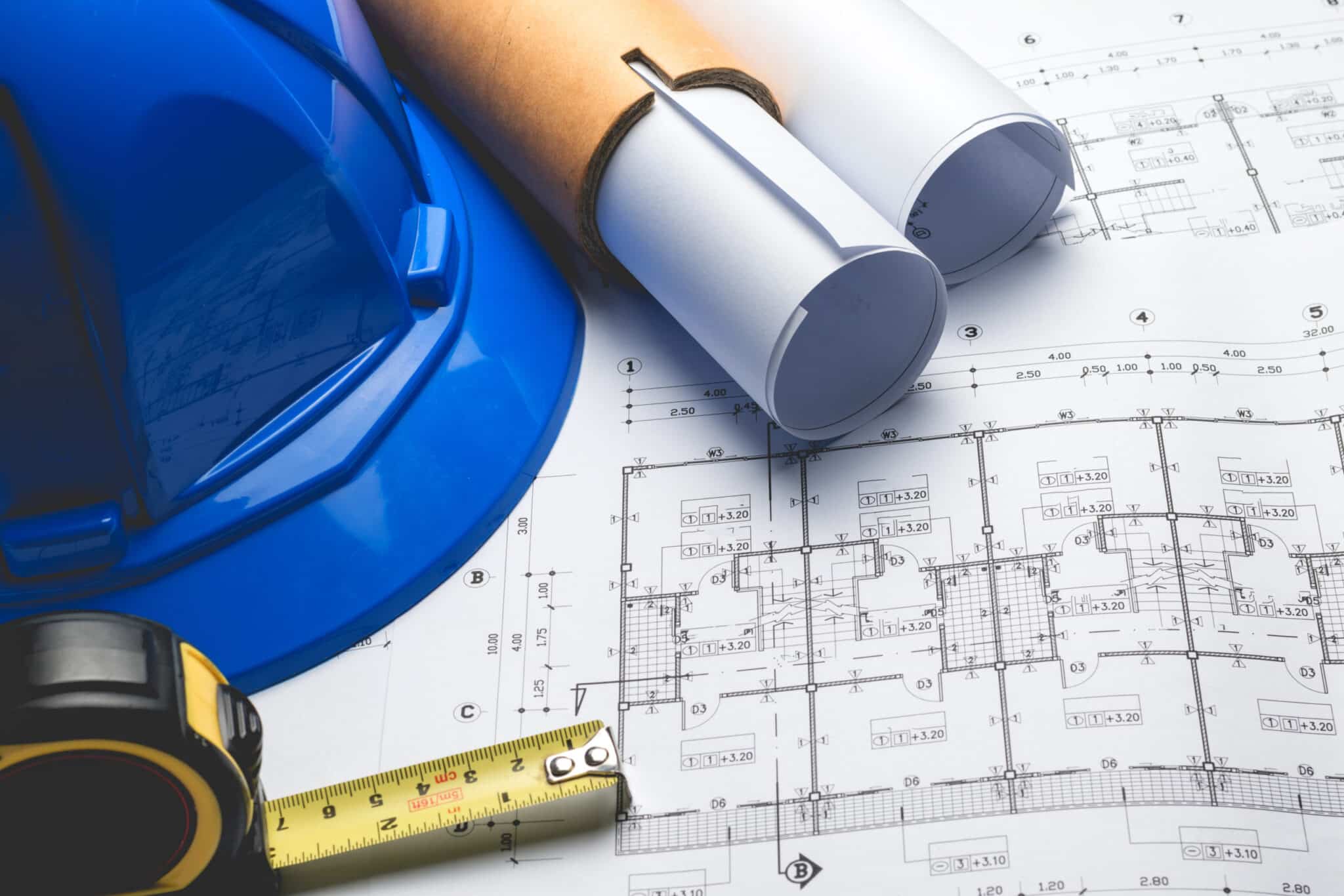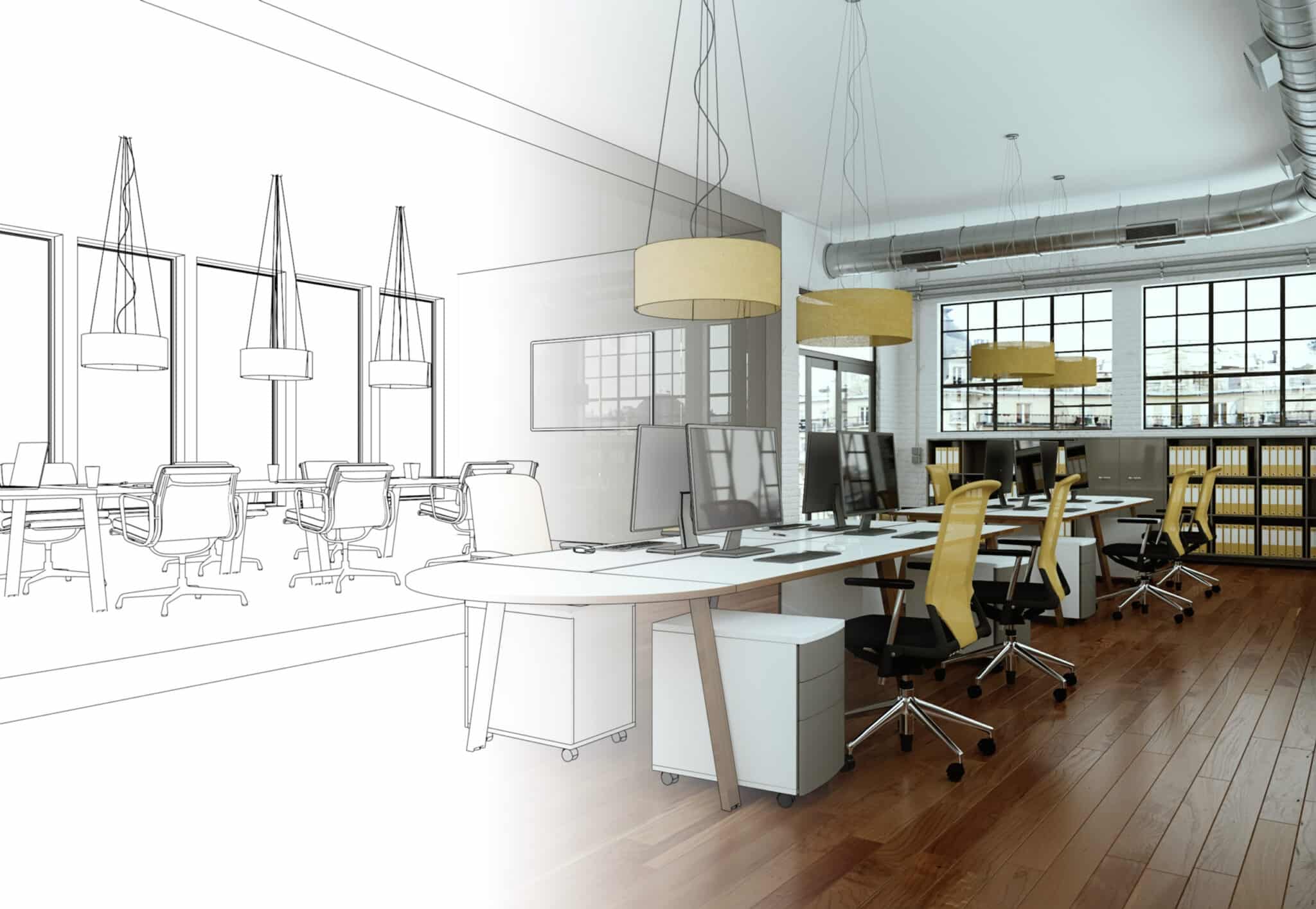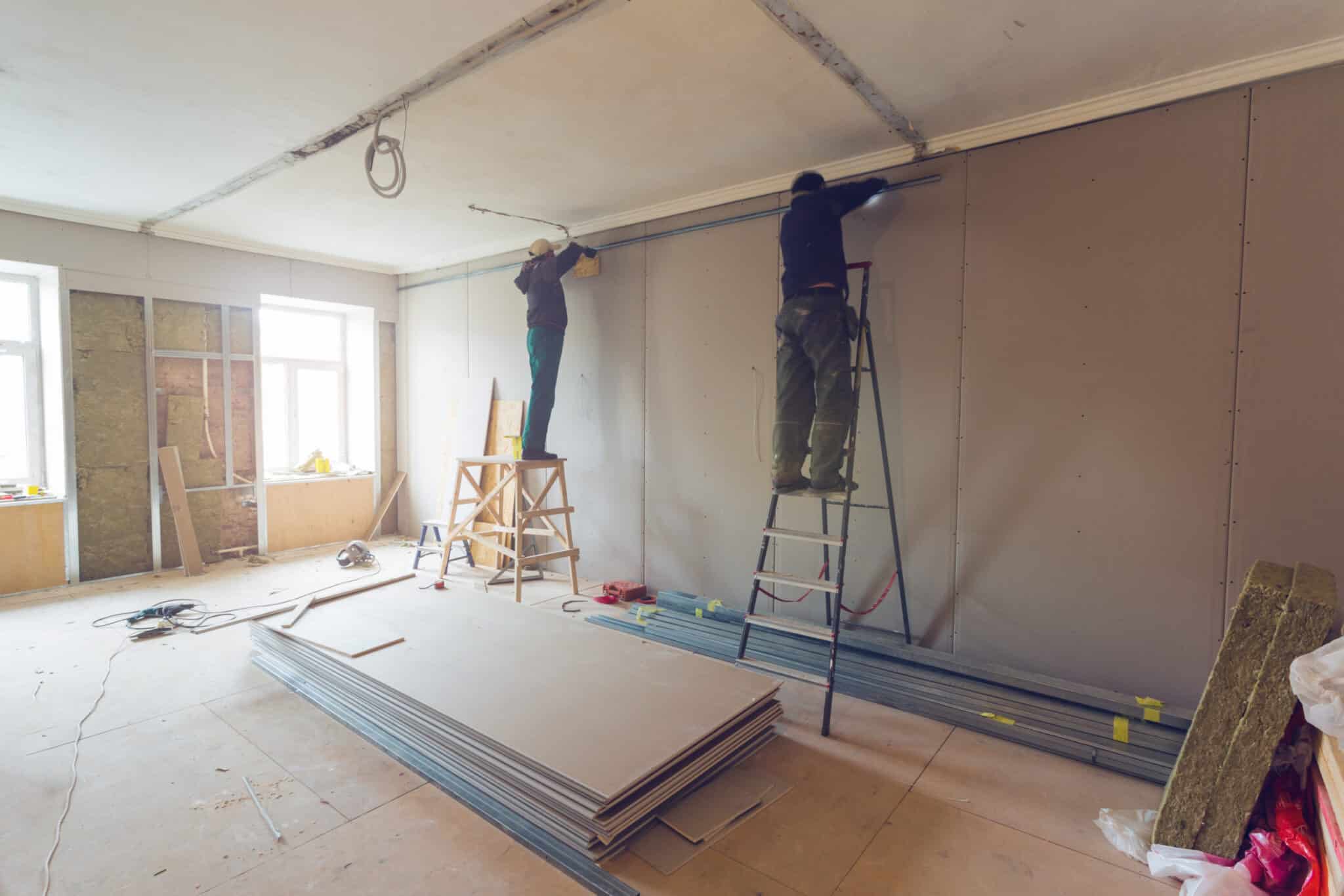Office renovation research is often full of inspiring ideas for decor, but what about the things you should avoid doing?
As a small business owner undergoing office renovations, a handful of serious mistakes can set your business and budget back.
I’ve worked for over ten years as a business consultant. During that time, I’ve helped multiple small businesses painlessly renovate their offices and create a more positive working environment.
I know firsthand the anxiety that running a small business can cause. However, with these simple tips, you can avoid office renovations that cause more trouble than they’re worth.
Without further ado, let’s get started.
What You Should Consider Before Renovating Your Office
There are some essential factors that any small business owner would do well to remember before beginning office renovations. Remember, having a plan is the best way to approach any change within your company — so let’s get into the planning process.
To make a renovation plan, consider these factors:
- Budget
- Timeframe
- Style
Budget
Office renovations can quickly become expensive, so create a budget and do your best to stick to it. Make sure you’re realistic about the cost of materials and labor involved in your renovation project.
Timeframe
Office renovations can take longer than expected, so plan ahead and account for any potential delays. Many people forget to factor in the time it takes for any necessary paperwork, licensing, and permitting, so make sure to consider the bureaucratic side of things and the hands-on aspects.
Style
What does your dream office look like? What aesthetic best matches your company’s brand? How can you best achieve this style within your budget?
Your office renovations should reflect your small business. Consider all elements that will make up the design, like color schemes and furniture styles.
What Renovations Increase Property Value?
When conducting office renovations, consider additions that could add to the overall value of your office space. That way, if your business scales up, you can potentially turn a profit when pursuing a larger location.
Interior renovations like painting and flooring can do wonders for a space. At the same time, structural changes such as replacing windows or adding skylights can also significantly increase the overall appeal of your business’s building.
Don’t forget about the little things, though. Adding updated light fixtures or replacing countertops can also impact property value because these small additions keep the space current.
Office renovations are a great time to take stock of the state of the space. If there are any structural issues related to plumbing and electricity, make sure to get these fixed during renovations if you want selling the space ever to be a successful venture.
What Renovations Decrease Property Value?
Believe it or not, some renovations actually decrease your property value. Be careful to avoid these.
Anything that reduces the usable square footage of the space, such as adding walls or dropping ceilings, can drastically reduce its resale value. These additions limit what the area can be used for and grant potential new owners less flexibility.
Additionally, installing permanent fixtures like fireplaces and built-in furniture can reduce your office’s value. These additions are expensive and time-consuming to remove, making them a significant turnoff for potential buyers.
Try to only permanently alter the integrity of the office space if you know you can offer more with your additions.

Common Office Renovation Mistakes to Avoid
Now that we’ve discussed some liability-related factors related to office renovation, here’s what to look out for while you’re directly in the renovating process.
Not Telling Your Customers
A major mistake you should avoid at all costs, especially as a small business owner, is not letting your customers know.
Often, when renovations are underway, it can appear as if a business is closed. Avoid leaving customers in this position because it’s a surefire way to lose business. Put yourself in their shoes: if you assumed your favorite shop was closed, you’d have to find a replacement.
You can even take advantage of the renovations as an opportunity to showcase how successful and prosperous your business has become! Consider completing them with a re-opening party, where you can thank your customers for contributing to your business’s success. Check out this article on grand opening ideas for insight about this process.
Make sure to provide your customers with an estimated timeline for when the renovation will be finished. This way, they can plan their visits accordingly. A social media post and a sign on the door should be enough to get the job done.
Not Starting with a Solid Plan
To conserve your small business budget, make sure you have a plan for renovations. This will help avoid any setbacks. Remember: the longer renovations continue, the more expensive they get.
Having a clear plan for the renovation, or knowing exactly what you want, will make it easier for you or your contractors to do their job. It will also provide contractors with the opportunity to provide you with alternative ideas if the one that you have is not feasible. Having a plan also means knowing precisely what services you will require and how to carry them out.
Not Knowing Measurement Conversions
Most small business owners conduct their own renovations rather than hiring professionals. This makes sense, as it’s a great way to save money. However, this process can quickly go awry if you aren’t extra careful about measurements.
You must understand the various measurement systems to conduct an office renovation properly. One of the biggest mistakes you can make when renovating as a small business owner is not knowing how to convert between measurement systems. If you don’t, you could quickly end up with a non-functional renovation.
Start by learning the imperial and metric systems, as these are the two most popular measurement systems. Plenty of unit conversion websites can help you switch between the two different forms.
Don’t skimp on this step. Knowing how to convert between the various measurement systems is essential, especially if you plan on extending rooms, adding windows, and buying furniture.
Not Taking into Consideration Your Offices Condition
Another crucial mistake to avoid when renovating is not considering the original condition of your office space. Office spaces come with various pre-existing aspects you should consider before beginning renovation work.
The age and type of the building materials will impact what you can transform. For example, if you have wallpaper in your office, you should ensure it’s properly removed before further renovation. Or, if you’re renovating an older building, you’ll need to be extra vigilant about ensuring the structure’s stability is sound.
Finally, inspect all pre-existing electrical wiring and plumbing before beginning any renovations. This will ensure that the process goes smoothly and that you catch any potential issues before they become significant problems.
Not Taking into Consideration the ROI of a Renovation
Renovating your office space is an investment in the future of your business.
Before committing to a project, make sure that you have considered the Return on Investment (ROI). Start by jotting down all of the money that will be invested into the renovations and how long it will take for this money to be returned. This will help you calculate the overall success of your undertaking.
It’s also beneficial to consider any non-monetary return from such a renovation. This could be increased productivity, improved customer satisfaction, or an upgrade to the comfort of your office space.
Not Budgeting the Renovation
Regarding office renovation mistakes, one of the most costly ones is not budgeting the project. Office renovations are expensive and can quickly spiral out of control if mishandled.
Before beginning the process, ensure you have an accurate cost estimate for all materials used in the renovation. This includes any furniture, drywall, insulation, paint, and labor. Make sure to add in any contingencies for unexpected costs that may arise during the renovation process.
Once you have a realistic budget, be sure to stick with it. This will help keep your project from going over budget and ensure that your business is using money wisely.
Hiring the Cheapest Contractors
Hiring extra-cheap contractors can seem like an attractive road to follow since you can save money in the short term. However, this endeavor can be super costly in the long run.
Much like any service, cheap contractors are cheap for a reason, and it is most likely because they lack the experience and the skill to charge more for their time. By going with a cheaper contractor, you can expect many mistakes, which can add up over time, as well as delay the renovations, which will be costly at the end of the day.
Changing Your Mind Mid Project
Lastly, one of the biggest office renovation mistakes is changing your mind mid-project. Office renovations require a lot of planning and forethought, so make sure that you have considered all the options before committing to anything.
If you want to change your plans midway through the project, try to keep it minimal. Making too many changes can add to the project’s cost, delay completion, and result in a lot of wasted time.

In What Order Should Renovations Be Done?
Now that you have a clearer understanding of which concrete mistakes to avoid, let’s cover the correct order for an office renovation. Switching up the order can be more costly to you in the long run.
Step 1: Budgeting
Budget first. That way, you can plan how much you’re willing to spend without putting your company in debt.
Step 2: Planning and Design
Once you have your budget, you can begin planning and designing your new space. Again, make sure you have a clear idea of the new space. That way, you can ensure your conversions are correct and that all involved in the project are on the same page.
Step 3: Demolition
If demolition is required for your office renovations, only do so after you’re entirely sure of how you’re going to proceed.
Step 4: Rebuilding
After clearing space for the necessary changes, you can start implementing the plans you gathered in Step 2.
Step 5: Mechanical
Mechanical work such as wiring, plumbing, and HVAC systems are best left to the professionals. Make sure you hire experienced contractors that understand the job at hand.
Step 6: Flooring, Cabinets, Appliances
Once the mechanical work is done, it’s time to move on to flooring, cabinets, appliances, and fixtures. Take your time here so all the pieces come together cohesively.
Conclusion
Office renovations can be exciting, but there are plenty of mistakes to avoid if you want the result to be successful.
Consider your office’s condition, start with a solid plan, and know how to convert between different measurement systems. This planning stage is essential for your renovation’s success.
Also, keep in mind that maybe your office needs an upgrade, not a full renovation. If this is the case, we have a great guide to office upgrades to help provide inspiration.
Good luck, and happy renovating. If you have any questions, don’t hesitate to leave a comment.

